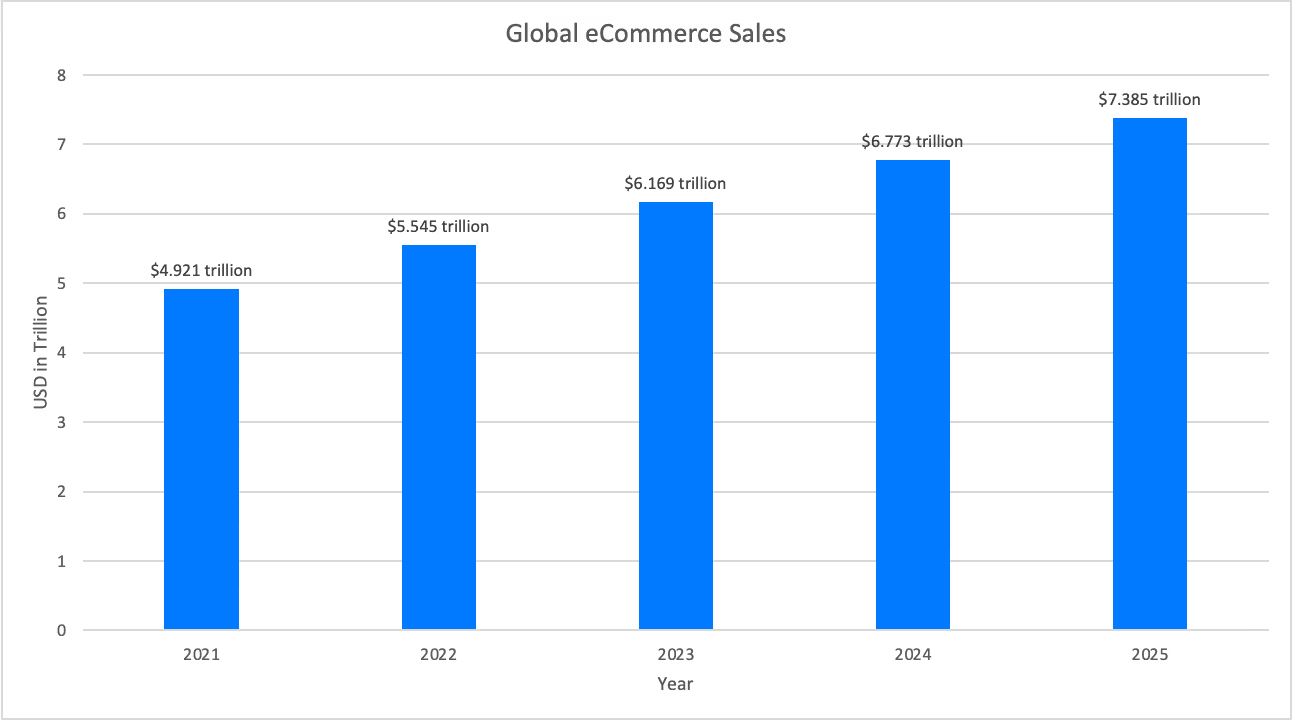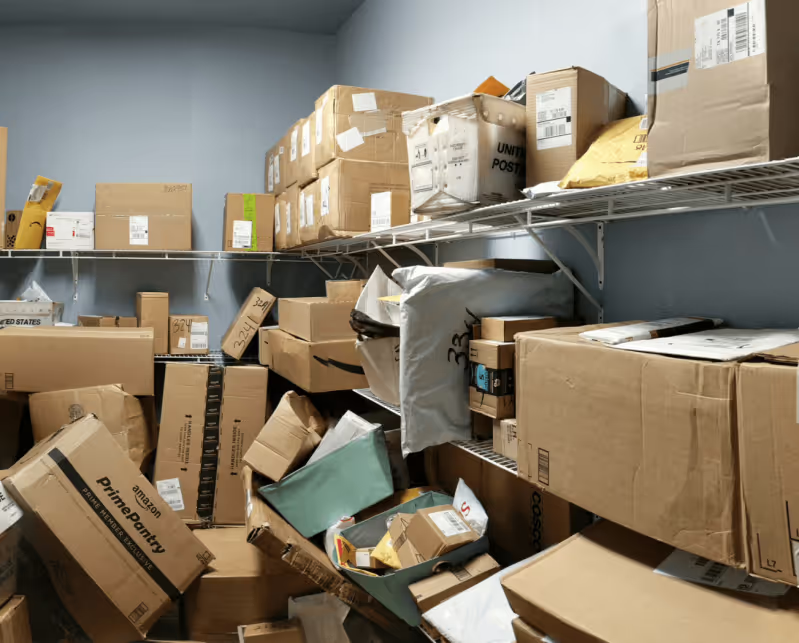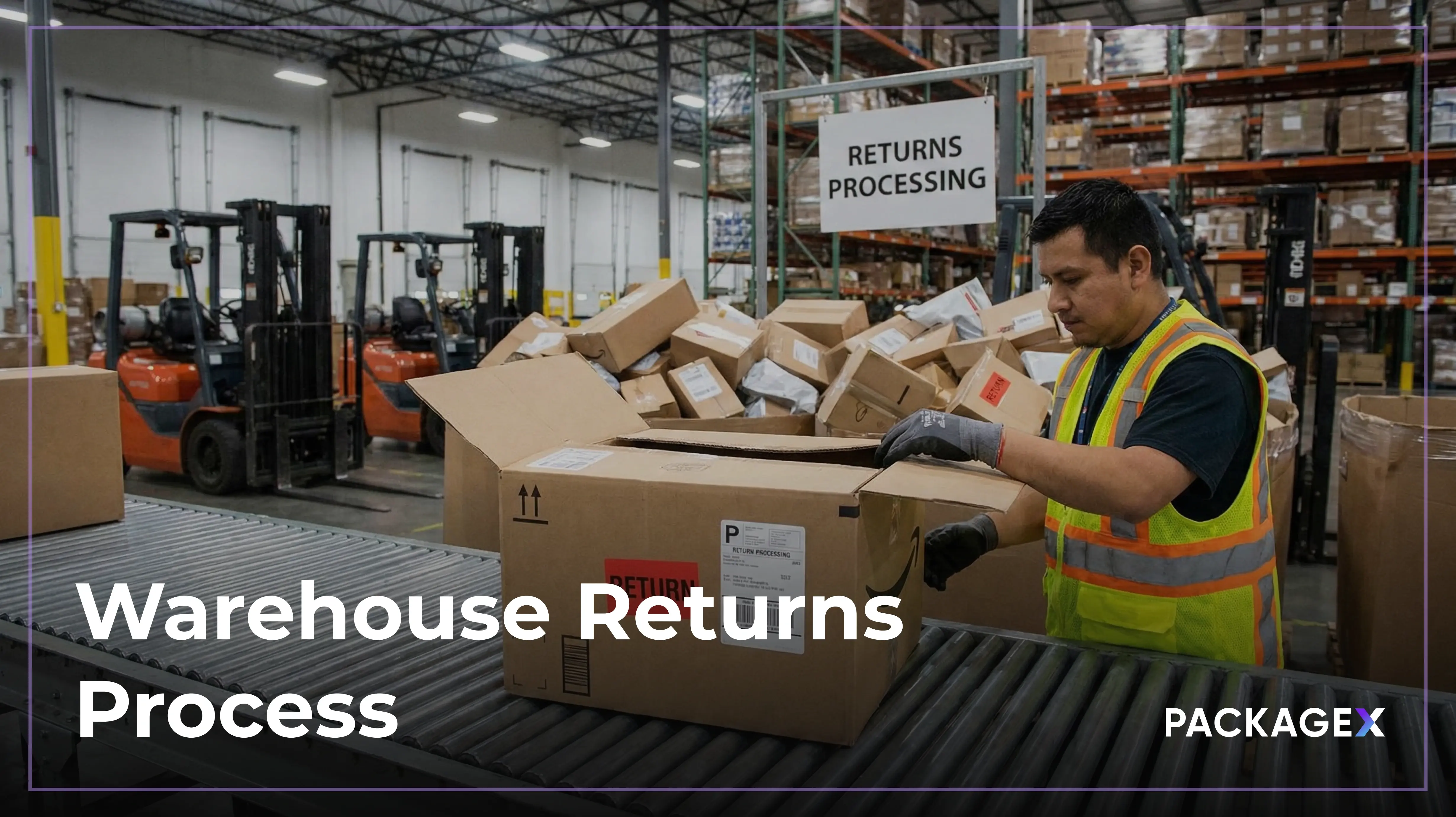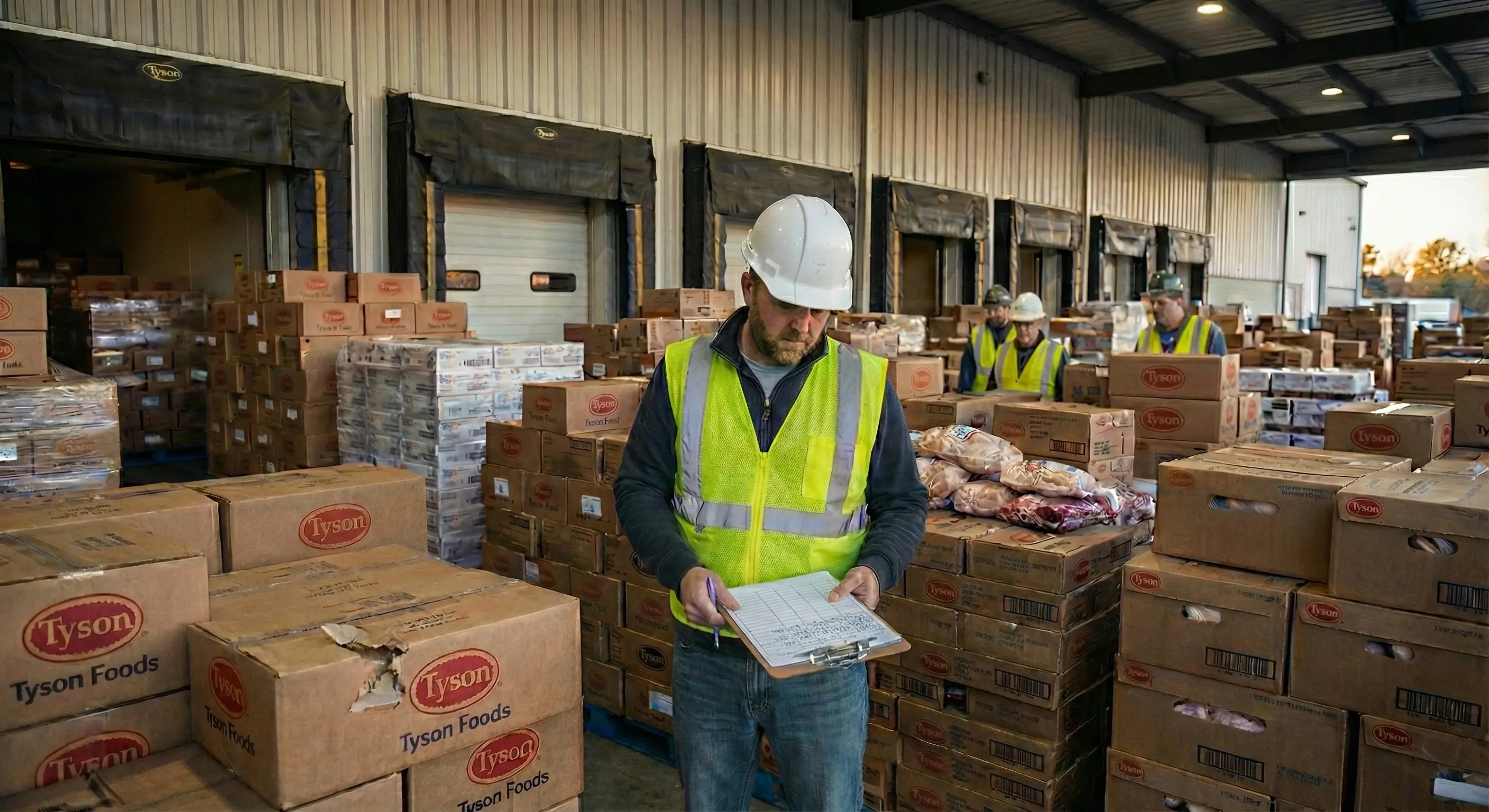Higher education is a substantial industry in the U.S., home to nearly 6,000 colleges and universities that spend millions of dollars annually to deploy, maintain, and upgrade campus technologies and systems. Most of their technology systems have been in place for years, are outdated, and operate in silos. The campus technology ecosystem requires a much due overhaul due to multiple waves of changes in behaviors, expectations, technology advancements, adoption, and the accelerated demand for secure and reliable digitalization. One perfect example is campus mailroom logistics systems.
Most educational institutions are scrambling as their conventional mailroom management systems cannot keep up with the influx of 3-5x more packages and deliveries due to the rise of eCommerce and hybrid learning. A mid-size U.S. University receives ~120,000 packages annually for students and faculty. One of the biggest reasons for this growing package problem is the increased online shopping trend among students, especially after COVID-19 halted brick-and-mortar commerce.
Almost 96% of students have smartphones, purchasing everything online from food and groceries to electronics and dorm room supplies. Hence, students are the key players in the online shopping boom that has cramped the university mail services and package centers.
So, what is the way out?
The answer is simple. Tech-enabled digitalization and automation!
Digital shopping is here to stay. You cannot change the shopping behavior of students, faculty, or staff members. Therefore, universities and colleges must upgrade their mailrooms to have streamlined and less intensive workflows.
The Scale of the Package Problem
The global coronavirus pandemic has exacerbated the growing package dilemma, posing serious productivity and efficiency problems. Typical university mailrooms are not designed to deal with the package volume eCommerce has created. Global eCommerce sales are expected to exceed $5 trillion in 2022, surpassing $7 trillion by the end of 2025. College students maintain a sizable portion of the market with a spending power of $593 billion.

In 2022, 110M packages will be shipped and delivered daily in the U.S. compared to the 56M packages transported a year ago. Educational institutions process a significant portion of these packages (in millions). Disproportionately high package volumes affect the mailroom staff, expectant students, and faculty members.
Recent data from PackageX systems indicate that Universities & Colleges receive an average of two packages per month per student or a faculty member, excluding paper mail. This translates into thousands of packages that university mailrooms must process every month for thousands of students and staff members. In 2021, approximately 506,654 packages were scanned in higher education shipping facilities using the PackageX platform. These numbers are starting to snowball as the world returns to normal.
Current State of Campus Mailrooms
Let’s take the example of Delaware University, a non-profit university located in Doylestown, Pennsylvania. Its package deliveries have recently increased by 20% per academic year, and its manual barcode scanning systems were too slow to handle the university package volume efficiently.
Likewise, Georgetown University Mail Services Department also reported delays in package processing as the number of packages they received increased at an unprecedented rate. Since the semester began, they had to sort through almost 3,000 packages per day.
The Pennsylvania State University also faced a similar situation when welcoming students back to campus. Some of their university mailroom employees estimated they were receiving 800 to 1,000 packages daily, a drastic increase from previous years.
The University of Dallas is another private university in Irving, Texas, experiencing the growing tidal waves of package influx. Their final package count for 12 months was over 30,000, translating into ~2,500 packages per month on average. They also struggled with outbound shipping because of the truly expensive rates for annual software and hardware required by their previous system.
It clearly shows the current state of campus mailrooms or shipping centers and how they grapple with antiquated and labor-intensive manual processes to perform inbound and outbound logistics operations. Legacy mailroom and logistics platforms currently available in the market still rely on on-premise desktop software and traditional barcode scanners for shipping and receiving. These platforms scan a barcode, require manual recipient matching, and send only one notification per package, making the process more complicated and vulnerable to errors.
Moreover, a signature is required upon parcel pick-up, and the user interface of these systems is not designed for productivity and efficiency. To generate a shipment, you have to manually fill many fields that make shipping burdensome. Also, the shipping carrier options are minimal and costly.
And the list goes on…
A Growing List of Challenges
Once a package is received at an institution, it is the mailroom’s responsibility to get them out of the mailroom and into the right hands. The majority of Universities & Colleges in the U.S. still rely on pen & paper methods or outdated, legacy, and vulnerable systems to process inbound packages or inventory. Likewise, they rely on bulky hardware and obsolete solutions for outbound shipping and forwarding.
As a result, the list of challenges they face in package management keeps growing, including the following:
- Thousands of hours to manually process packages, shipments, and deliveries every month, including manual data entry, managing paperwork and logs, generating labels, planning deliveries, answering inquiries, and performing inefficient retrieval. It is not only error-prone but also slows down the entire process.
- Lost, delayed, and misplaced packages lead to liability issues and losing important documents and checks that are very hard to replace.
- Inefficient package logistics operations lead to poor tracking, visibility, and pick-up experiences for students and faculty members.
- Higher expectations of students, parents, and faculty. They demand fast and error-free notifications and deliveries.
- Lack of storage space as university lockers and mailrooms cannot accommodate the massive package volume of recent times.
- Outdated and complicated systems for outbound shipping that not only have expensive rates but also have limited shipping carrier/courier options.
- Lastly, data privacy and cybersecurity are increasingly critical, and continuous reliance on legacy systems could lead to major catastrophes.
It’s Time for Campus Mailrooms to Get an Upgrade
With a massive increase in package volumes, labor shortages, cyber-threats, and increased focus on digitalization, modernization, and automation, the forward-thinking educational institutions are already deploying modern, unified, secure, and reliable logistics platforms at college & university mailrooms for increased efficiency, higher productivity, greater visibility, and a superior experience for staff, faculty, and students.
Universities should invest in tech-forward solutions like PackageX to handle the daily influx of packages and deliveries. The PackageX platform solves several pain points for campus mailrooms as it moves you from outdated, legacy, and vulnerable systems to a modern logistics platform with easy-to-use apps, intelligent workflows, and APIs to perform receiving, shipping, internal routing, inventory, and tracking operations on campuses.
How Can PackageX Help?
PackageX Apps and APIs offer a variety of benefits to schools, colleges, and universities on a simple, modern, unified, and connected platform. Some notable benefits include the following:
- 95% accuracy on package label scanning via OCR.
- 92% faster receiving per package or inventory item.
- 50% reduction in package pick-up time.
- Generate shipping labels at the best rates from multiple providers in less than 100 seconds.
- Ship same-day via local delivery providers of your choice.
- Turn your package operations into a profit center through a self-service shipping kiosk.
- Achieve end-to-end inventory visibility.
- Perform intelligent staffing.
- Get enterprise-grade security and end-to-end encryption.
- Access to many other great features like self-service pick-up, locker integrations, etc.
{{returns-webinar}}
Key Takeaways
Educational institutions cannot overcome the package conundrum with the same old package management systems using outdated hardware. We live in the digital era where technology is changing the shopping behaviors of students, and eCommerce sales are skyrocketing. Also, this change is here to stay, creating two major problems.
First, it frustrates the students, faculty, and administrators who do not get timely deliveries because campus mailrooms take too long to process packages. Second, as the mailrooms slowly sort and log packages, their backlog increases. The bigger the backlog, the more space packages take up on the shelves. As a result, it becomes hard to physically retrieve packages when it's time to hand them off to the recipients.
This cycle can be broken by opting for more intuitive and digital solutions that speed up parcel processing, reduce liability issues and send timely notifications to the recipients. The faster a package is logged, the quicker the recipient retrieves it, freeing a lot of time and space in the campus mailroom.




